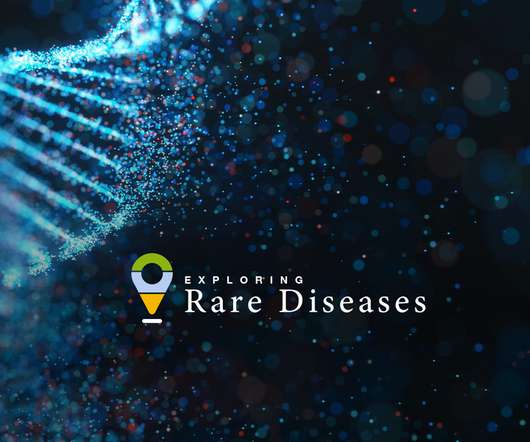The pangenome is making personalised medicine more equitable
Pharmaceutical Technology
JUNE 14, 2023
Basic human traits such as eye and hair colour are determined by our DNA. However, more immeasurable characteristics such as personality, behaviour, and even intelligence are all influenced by genetics to varying degrees. metres of supercoiled DNA contained within its nucleus. Each human cell has 1.8













Let's personalize your content